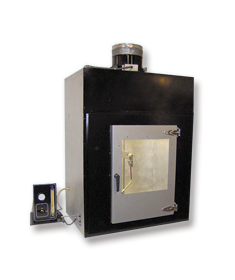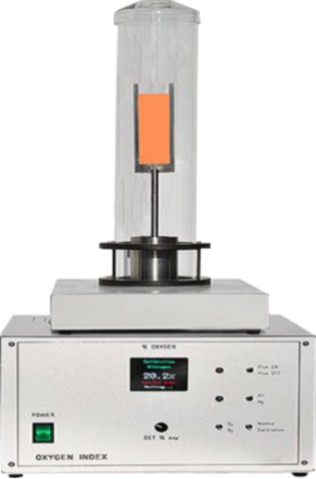
NewsInformation Center
What is the test method for flammability test?
2023/05/26
Flammability testing is an important process used to determine the propensity of a material to ignite and sustain a flame. It is a crucial consideration in many industries, including construction, transportation, and electronics, where the risk of fire can be significant. There are various methods for conducting flammability tests, and the choice of method depends on the type of material being tested and the intended application. In this response, we will discuss some of the most commonly used flammability test methods.
Vertical flame test (UL94)
The vertical burning test is a widely used flammability test for plastics and other materials. It is also known as UL94, which is the name of the standard developed by Underwriters Laboratories. In this test, a sample of the material is suspended vertically and exposed to a flame for a specified time. The flame is then removed, and the time for the material to self-extinguish is recorded. The test also measures other parameters, such as the rate of flame spread and the production of toxic gases.
Horizontal flame test (ASTM D635)
The horizontal burning test is another common method for testing the flammability of plastics. It is used to determine the horizontal burning rate of a material and is carried out in accordance with the ASTM D635 standard. In this test, a sample of the material is placed horizontally and exposed to a flame at one end. The flame is then removed, and the time for the material to self-extinguish isrecorded. The test also measures other parameters, such as the length of the burned portion of the material, the rate of flame spread, and the production of toxic gases.


45 Degree Flammability Test (ISO 12136)
The 45 degree flammability test is used to evaluate the flammability of textiles, carpets, and other materials that are not easily tested using vertical or horizontal burning tests. It is carried out in accordance with the ISO 12136 standard. In this test, a sample of the material is placed on a 45-degree inclined plane, and a small flame is applied to the exposed surface of the material. The flame is then removed, and the time for the material to self-extinguish is recorded. The test also measures other parameters, such as the length of the burned portion of the material, the rate of flame spread, and the production of toxic gases.
Cone Calorimeter Test (ISO 5660)
The cone calorimeter test is a widely used method for evaluating the flammability of construction materials, such as insulation, wood, and composite materials. It is carried out in accordance with the ISO 5660 standard. In this test, a sample of the material is exposed to a controlled heat flux using a cone-shaped heater. The test measures various parameters, including the heat release rate, smoke production, and mass loss rate.
Oxygen Index Test (ISO 4589)
The oxygen index test isa method used to evaluate the flammability of polymers and other materials in a controlled oxygen-enriched environment. It is carried out in accordance with the ISO 4589 standard. In this test, a sample of the material is exposed to a stream of oxygen-enriched gas, and the minimum oxygen concentration required to maintain combustion is determined. This value, known as the oxygen index, is an indicator of the material's flammability, with lower oxygen indices indicating higher flammability.


Smoke Density Test (ASTM E662)
The smoke density test is carried out to measure the smoke density generated by burning materials. It is widely used in the transportation industry, where the accumulation of smoke can pose a significant risk to passengers. In this test, a sample of the material is burned in a test chamber, and the density of the smoke generated is measured using a photometer. The test also measures other parameters, such as the production of toxic gases and the rate of heat release.
In conclusion, flammability testing is an essential process used to evaluate the fire risk associated with different types of materials. There are various methods for conducting flammability tests, each with its own advantages and limitations. The choice of method depends on the type of material being tested and the intended application. By performing flammability tests, it is possible to identify potentially hazardous materials and take appropriate steps to minimize the risk of fire.
Previous: What is the ignition resource of the 45° flammability test?
N e x t : Efficient Fabric Swatch Cutter for Textile Industry



